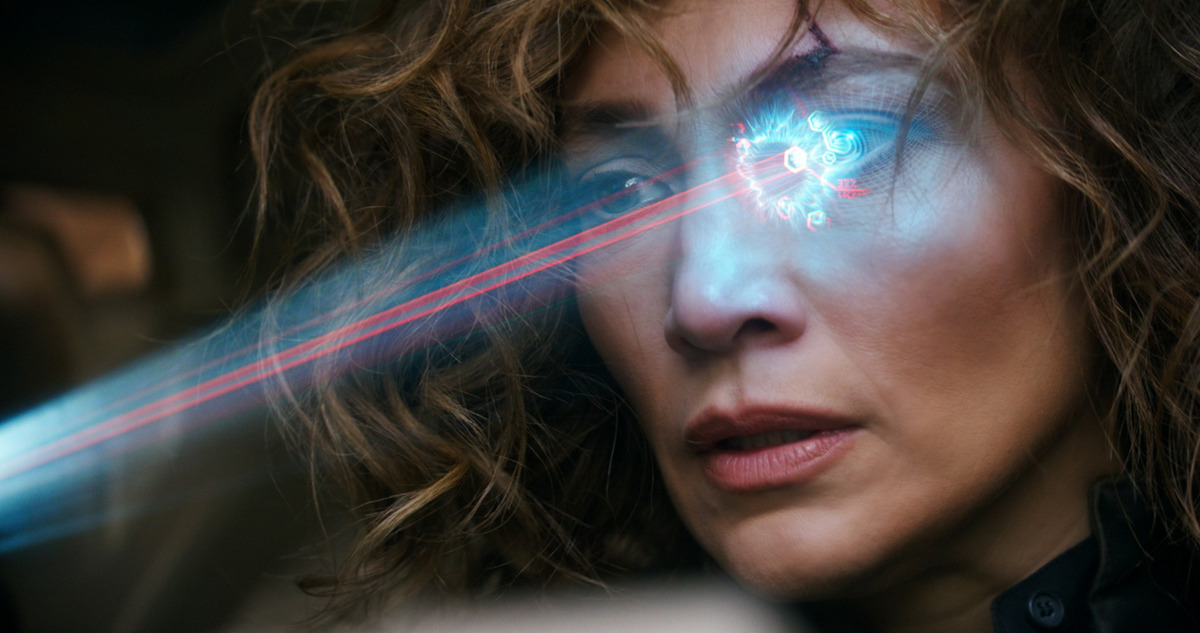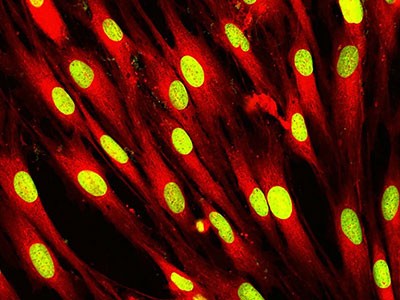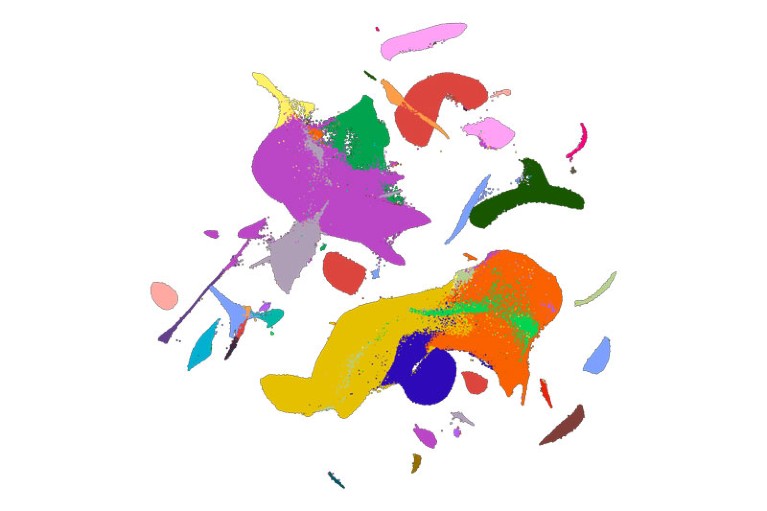[ad_1]

Si bien la semana pasada fue importante para los lanzamientos ott en forma de Bridgerton temporada 3 Después de la primera parte, esta vez la piscina parece un poco poco profunda, lo que hace que la habitación sea perfecta para la tercera temporada de la muy esperada serie de TVF. panchayats, que narra la historia de un secretario panchayat recién elegido en una aldea remota. Con el emocionante final de la segunda temporada, la emoción entre los seguidores de la serie es cada día mayor.
excepto Jennifer López Ciencia ficción atlas En Netflix, no parece haber grandes originales en las pantallas. La película gira en torno al terrorismo de inteligencia artificial y se basa en el personaje de López para salvar el mundo.
Otro lanzamiento notable es la quinta temporada de The Kardashians, que sigue las dramáticas vidas de las celebridades de Internet Kris, Kim, Kourtney, Khloe, Kendall y Kylie Jenner. Aunque no hay originales en hindi esta semana, tenemos dos grandes estrenos post-teatrales en forma de la comedia y suspenso de Tabu Crew en Netflix y la película biográfica política de Randeep Hooda Swatantrata Veer Savarkar en Zee5.
Si estás de humor para darte un atracón con algo poco convencional, te recomendamos ver los dos nuevos animes que se lanzarán en Netflix esta semana: Garouden: The Way of the Lone Wolf y My Oni Girl. Mientras que el primero está fuertemente impulsado por la violencia cuando un ex criminal es chantajeado para participar en un torneo ilegal de artes marciales, My Oni Girl sigue la inusual amistad entre un joven que lucha por hacer amigos y una chica oni (un demonio). que busca a su madre.
Principales lanzamientos OTT de esta semana
Dicho esto, ¡aquí están los mejores lanzamientos que puedes disfrutar este fin de semana!
multitud
Cuándo: Transmitiendo ahora Dónde: Netflix
Crew es la historia de tres azafatas que descubren a un pasajero muerto contrabandeando oro a bordo. Es el cóctel perfecto de comedia y suspenso. Tabu y Kriti Sanon, quienes ganaron premios nacionales de cine, protagonizan junto a Kareena Kapoor Khan y Diljit Dosanjh. La película todavía se proyecta en los cines de algunas regiones.
Swatantriya Veer Savarkar
Cuándo: Ahora transmitiendo Dónde: Zee5
Se ve a Randeep Hooda interpretando el papel de Veer Savarkar, un destacado político, activista y escritor indio, conocido por su ideología política hindutva. Una autobiografía enumera los principales acontecimientos de su vida. Hooda, cuya última película sobre Sarabjit Singh recibió muchos elogios, también esta vez ha hecho un trabajo brillante.
atlas
Cuándo: Transmitiendo ahora Dónde: Netflix En Atlas de Jennifer Lopez, los terroristas de inteligencia artificial están en una misión mortal para destruir a la humanidad. Ella interpreta a una dura analista que compartió su infancia con Harlan, el líder de estos cyborgs, y por tanto es el único humano que puede ayudar a descifrar sus planes. Si bien Shepard no confía ni un poco en la IA, en un giro retorcido de los acontecimientos, termina confiando en ella para salvar el planeta. Aunque la película es algo entretenida, sigue una historia predecible y no es para fanáticos de este tipo de películas.
kardashian temporada 5
Cuándo: Transmitiendo ahora Dónde: Hotstar
La familia Kardashian está de regreso con otra temporada de glamour, glamour, chismes, drama y giros inesperados. Esta temporada, Kris Jenner está emocionada por Kourtney porque está lista para asumir la maternidad. Desde los preparativos del baby shower hasta mimar a su hija, Kris está más que dispuesta a ayudar a Kourtney en este nuevo capítulo de su vida. Mientras tanto, se ve a Kim advirtiendo a Khul que cambie sus costumbres, y Kendall y Kylie se encuentran en París. Se subirán nuevos episodios todos los jueves.
Los chicos de la playa
Cuándo: Transmitiendo ahora Dónde: Hotstar
La banda de rock estadounidense de los años 60, The Beach Boys, tiene una buena cantidad de fans en todo el mundo incluso hoy. El último documental de Hotstar explora cómo estos cinco músicos aficionados se unieron para conquistar el mundo de la música y ofrecer una gran dosis de nostalgia. También contiene imágenes raras e inéditas, así como entrevistas con los miembros de la banda Brian Wilson, Mike Love, Al Jardine, David Marks y Bruce Johnston.
Panchayat temporada 3
Cuándo: 28 de mayo de 2024 Dónde: Prime Video
En esta temporada, las rivalidades políticas se están intensificando a medida que Pradhan ji y Bhushan se embarcan en una feroz batalla para mejorar su imagen pública. Mientras tanto, Abhishek hace todo lo posible por mantener la objetividad. Prepárate para giros inesperados y saborea la vida más profundamente en Volera.
[ad_2]
Source Article Link













